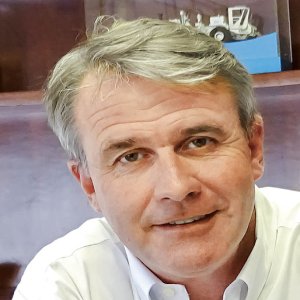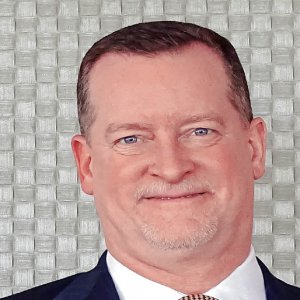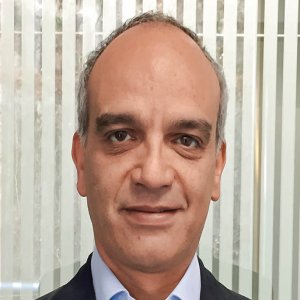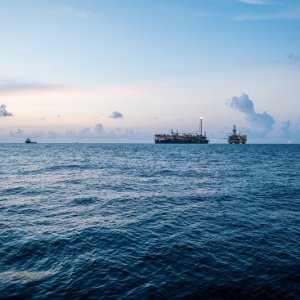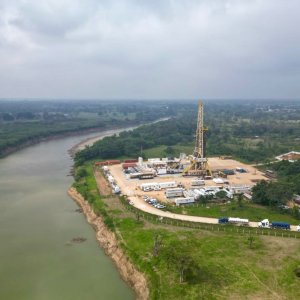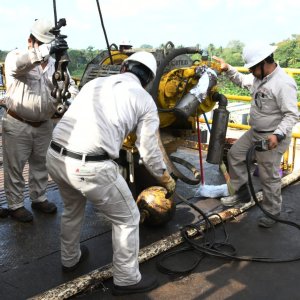Essential Technologies for Mexican Subsea Development

STORY INLINE POST
Q: How do you see th potential in Mexicio for subsea field production changing?
A: Lakach represents Mexico’s first significant subsea field development. We are familiar with the project and its challenges. The field should be producing in 2017, but we do not expect other deepwater fields to start producing soon. We should see some drilling activity in the shallow water blocks awarded during R1-L02, and this prospect has already motivated companies to enquire after our products and services. The sector, however, will receive a significant boost as a result of R1-L04, which will tender deepwater blocks. I expect the investment to be truly felt in 2018.
Q: How can your ROV and automated underwater vehicles (AUV) technologies be used for the development of fields like Lakach, and how far could these technologies go when it comes to the completion of such projects?
A: Our vehicles and technologies are used to support development activities in offshore fields. We understand, however, that our customers need solutions, not only equipment. An ROV is an asset that enables the delivery of those solutions subsea. Looking at the breakdown of capital expenditure associated with field development, 30- 40% is spent in the drilling phase, a huge upfront cost to which we have exposure through ROV and tooling services. Without taking Brazil into account, our market share in the deepwater drilling segment is about 65%, although we do not drill, instead enabling certain operations associated with this activity. We also provide Inspection, Maintenance, and Repair (IMR) services to the installed base subsea, and we manufacture umbilicals, valves, and connection hardware that is deployed in fields throughout the world. We do not develop fields, instead supporting operators by providing solutions to specific challenges ranging from installation to pipeline remediation and incident response.
Q: How is your R&D investment structured so as to reflect the expected demand in AUVs?
A: We are investing and developing technologies for AUVs. We also have a stake in a company called ASV, which makes automated surface vehicles. These are remote controlled vessels from which an ROV or an AUV can be deployed. One of the main problems with subsea vehicles is the impedance of the water. It is hard to send a signal to a vehicle through water, so without a cable that connects the control with the system, it is difficult to exert control over that system. Today, when sending an AUV to collect a pipeline survey, the mission has to be preprogrammed and the vehicle “flies” far from the seafloor in order to avoid collisions. If the AUV is intelligent enough to change its trajectory and avoid those collisions independently, then it is possible to “fly” closer to the pipeline, enabling more precise measurements. These issues will be solved, and we believe that along the way, systems such as resident ROVs will emerge onto the technology roadmap, meaning that the intervention of vehicles will become part of the subsea infrastructure.
Q: What was the initial intention behind the acquisition of C&C Technology? To what degree was it buying an extensive client knowledge base of the Mexican market?
A: Despite the fact that the presence of C&C, now known as Oceaneering® Survey Services, was not the main driver of the transaction, we made the decision to acquire this company because the survey business is a clear offshoot of Oceaneering’s main business. We operate across a variety of niches, from drilling vessels and multiservice vessels (MSVs) to support drilling and IMR activities. The idea was to establish a survey company in each of our markets. On top of that, Oceaneering Survey Services is a leader in the AUV segment, which is the next frontier when it comes to subsea robotics. Oceaneering Survey Services’ operation also provided us with a complement to our company in Mexico, especially given the changes underway. Our team has a solid presence and strong brand recognition. Having access to Oceaneering’s ROV capabilities gives clients leverage to further develop business opportunities in the Mexican market.
Q: ROV procurement and contracting are relatively expensive, particularly in the current low oil price environment. How can the advantages of such a technology be made attractive right now?
A: This current environment has led companies to focus on cost efficiency. It is easy to simply ask suppliers to lower their prices, but there is only a certain amount of the profit margin that can be sacrificed, which is why it is important to innovate and change the cost structure of field developments. In order to survive in a US$40 per barrel environment, companies have to innovate and change their appetite for risk.
We believe that deepwater will be a critical component of the future energy mix. The deepwater prospective resources in Mexico are extremely attractive and we are confident that drilling activity will be strong in the near future. We have the capacity available to operate in this market, and we will encounter no difficulties in responding quickly and delivering our value proposition to the country.
Additionally, our experience with PEMEX has been positive. Contracting with NOCs is in general more challenging, not because of the companies themselves or their people, but mainly because the restrictive nature of their processes. The new legal framework and the fact that PEMEX is no longer the sole industry player changes the whole conversation. As suppliers are now trying to position themselves strategically in anticipation of an upcycle in the coming years, Oceaneering will be looking to work with new entrants to the market as well.
Q: How much do you expect the inspection segment for existing subsea assets to grow?
A: Most of the subsea pipelines in Mexico are buried or entrenched so there is not much for us to inspect on the seafloor without resorting to internal inspections or dredging to expose the pipelines. There are, however, many opportunities in platform inspection. After Abkatún Alfa, it became clear that the existing integrity management systems can be improved, and this problem is not exclusive to Mexico. We are in the asset integrity management business because we understand that the offshore infrastructure is not only growing, it is also getting older. Our added value is being able to predict when things are going to fail, to avoid those failures, and maintain the quality of the assets beyond their design life. Our inspection and monitoring services and our technologies stand out from our competition in a number of ways. For example, through our Global Data Solutions business, we have the ability to consolidate integrity and asset tracking information to generate a Common Operating Picture
Q: What would you like to see in the Mexican market that will facilitate the offering of your services?
A: The right elements are in place for positive developments in the sector. A common concern for everyone is the rule of law, and the ability of the different institutions to function the way they should. Compliance and safety are top priorities, and therefore corruption is a big concern. Other than that, in Mexico a great deal of competitive talent and solid infrastructure can be found. Mexico is extremely well positioned to attract investment in the oil and gas sector, and we are confident that when prices recover, we will see an increased degree of activity.
Q: What would you like IOCs entering Mexico to know about the services you can offer to them?
A: The major IOCs know us well and we are going to operate with the same standards as we do elsewhere. Oceaneering will be in it for the long run and we plan on being relatively active. We have been present in the country long enough to understand the challenges and also the prospects, and we will be ready to respond when the right opportunities come along.
